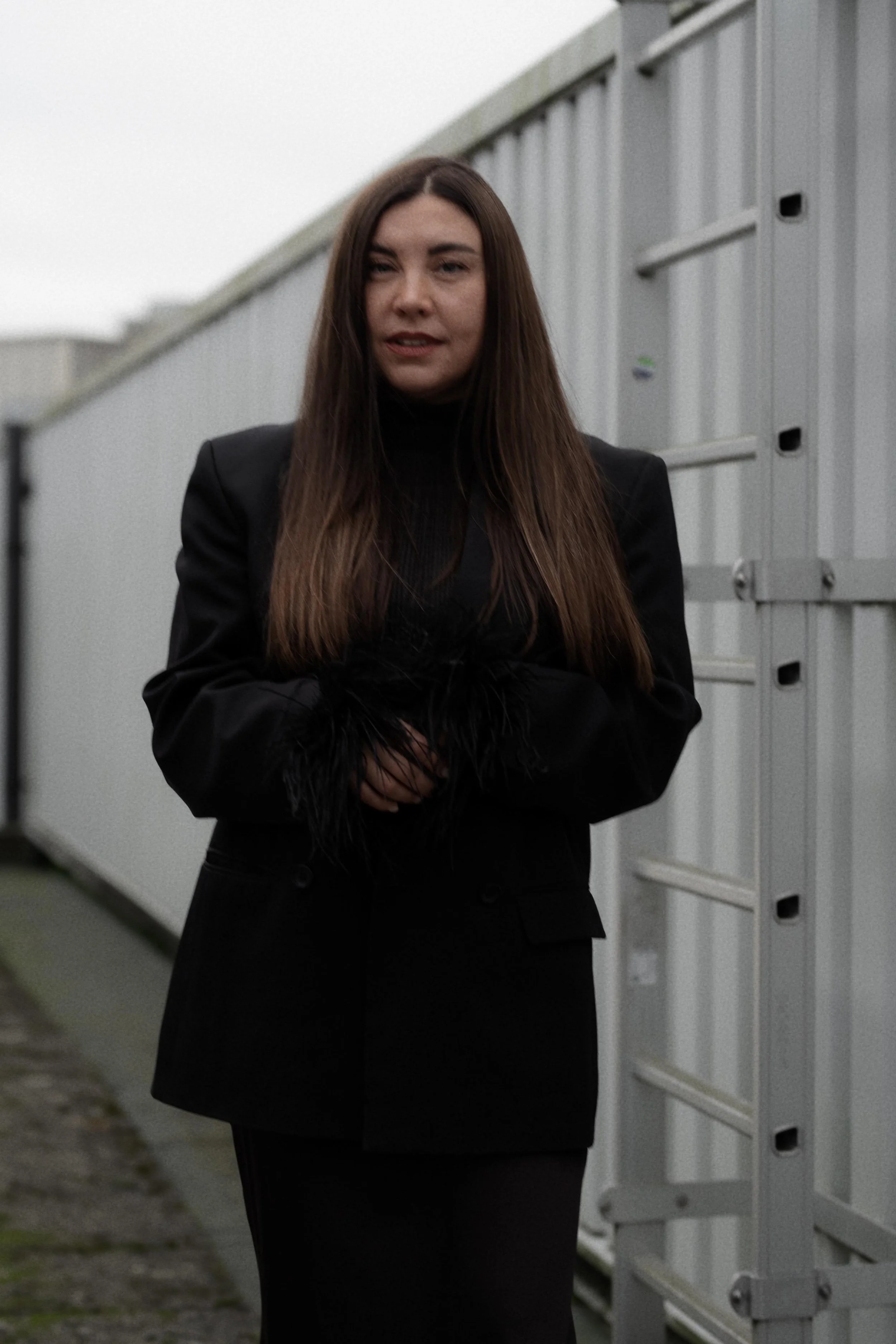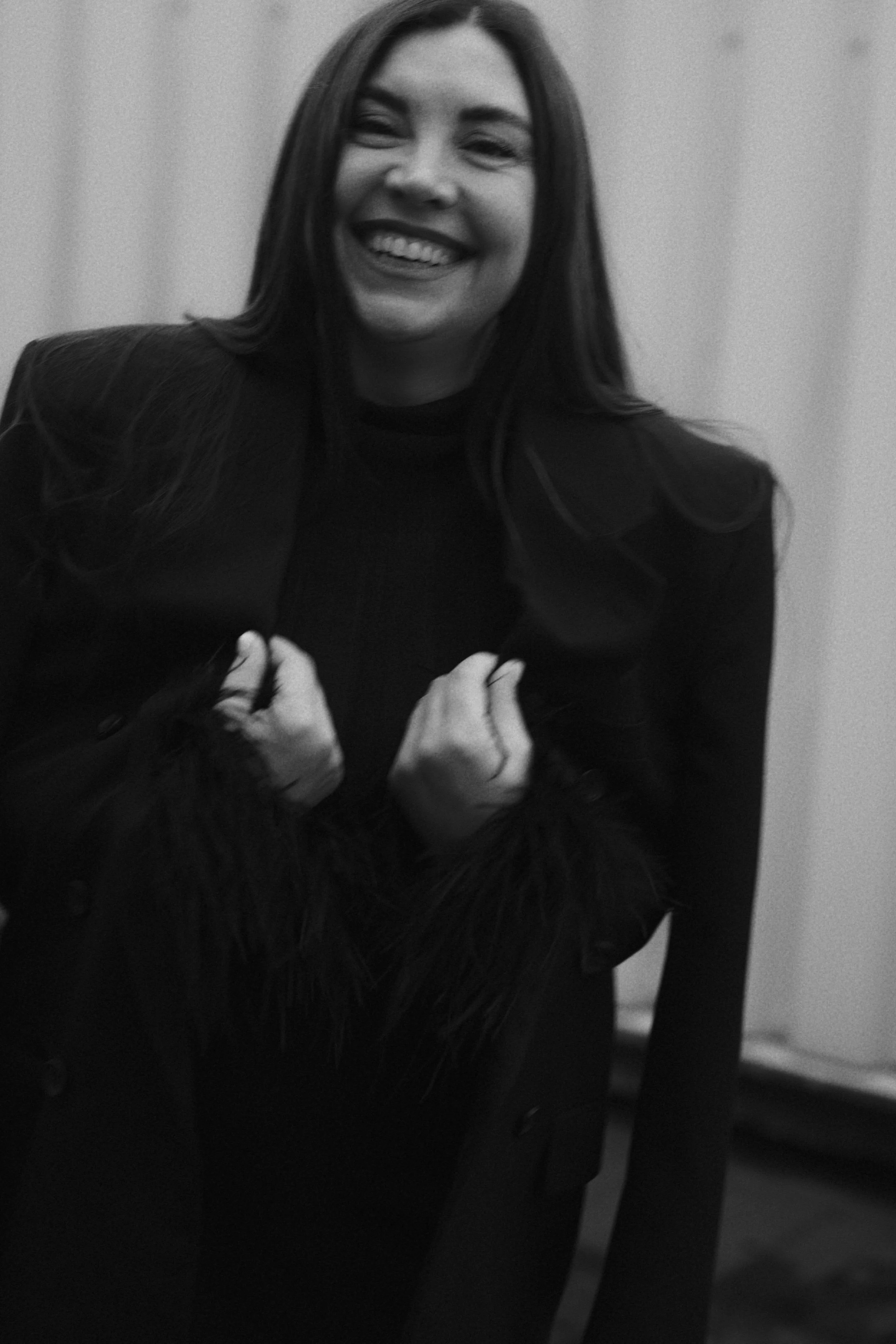Alina Sosnina - Content & Brand Strategist, Founder Your Favorite
Alina Sosnina on the Art of a Human Brand
Alina Sosnina is a content, brand, and marketing strategist with a human-centered approach — blending culture, storytelling, and community insight to help brands connect with their audiences. With a background in creative agencies, tech, social impact, and sustainable fashion, she has collaborated with a wide range of organisations to craft brand stories and intentional content that moves. As an advocate for diversity and inclusion, these values are at the heart of everything she does.
Can you tell us a bit about yourself — who is Alina Sosnina beyond the job titles?
Storyteller, creative, third culture kid, music & art lover. I’m always drawn to the human side of communication — what makes people care, and how ideas can grow when you express them clearly and with purpose.
Outside work, I love kickboxing, yoga & painting. I’m obsessed with Japanese culture — and different cultures in general.
You’ve worked across the creative industry, tech, and with social impact brands — what connects these worlds for you?
What connects them for me is purpose. I’m drawn to spaces where creativity is used to move things forward — not just to make something look good, but to make it mean something.
Whether that’s translating circularity into a story through ILANGA, curating creative conversations with Your Favorite, or shaping narratives at TEDxAmsterdam, it’s always about aligning creativity with clarity — helping ideas make you feel something, teach you something, or shift your perspective.
What do you think first shaped your love for storytelling and brand building?
When I was little, I wanted to go to art school. I remember designing my own Sanrio characters, making animations, building HTML websites & curating Tumblr boards. My parents were pretty strict and told me that art and design were “just hobbies,” and that I needed to study something practical, so I chose business. But that creative side never left. I took every marketing and creative course I could, and after graduating, I went on to study the art of language at a writing academy.
I’ve always been fascinated by how people feel about things — how one message or visual can shift the way we see the world. That curiosity turned into a love for branding, because it’s where psychology, creativity, and culture meet.
For me, storytelling is about clarity — taking something complex or abstract and turning it into something people can actually connect to.
“I used to think impact had to be big and visible — something measurable in scale or reach. Now I see it as something quieter but deeper: how ideas change people’s perspectives, or how a project influences someone on a daily level — the choices we make, whether it’s being more mindful about consumption, kinder to one another, or giving back by sharing knowledge.”
What’s your approach to shaping a brand story — where do you start?
It starts with finding the soul of the brand.
Before you can define how it should speak, you need to understand why it exists and who it’s speaking to. I spend time listening, discussing, and researching until I find the human truth behind the idea, the thread that makes it relatable.
From there, I start translating that visually and verbally — creating a mood board to capture its tone, feeling, and direction — and then building it into a clear narrative that can live across everything: visuals, words, tone, and community.
I see strategy as storytelling with structure, it’s both intuition and intention.
What’s something you’ve learned about storytelling that you wish more brands understood?
That clarity is more powerful than perfection — and that slow growth is better than peaking fast.
People follow people, not brands. Show up as a founder, share the process behind building, not just the product. Stories told through collaboration make you more credible and reach new audiences — that’s how a brand really grows.
You’ve built Your Favorite, co-founded ILANGA, and worked with TEDxAmsterdam. How have these experiences shaped your approach to strategy and storytelling?
Every strategy needs structure — a clear content framework, pillars, and themes. It makes your message consistent and your process so much easier. Don’t skip this step.
It’s also about adding personality to make the brand feel human. Collaborate with people in your industry, share useful content, and create something people actually want to return to.
And yes — it helps when your brand is visually attractive. When something looks good and feels good, people connect faster. A lot of brands try to say everything at once instead of focusing on their essence. But real connection happens when a story feels honest, personal, and consistent. It’s not about having the loudest message — it’s about having the truest one.
Has your perspective on “impact” changed throughout your career?
Definitely. I used to think impact had to be big and visible — something measurable in scale or reach. Now I see it as something quieter but deeper: how ideas change people’s perspectives, or how a project influences someone on a daily level — the choices we make, whether it’s being more mindful about consumption, kinder to one another, or giving back by sharing knowledge.
Impact starts in perspective — in the shift before the result.
What do you hope people feel when they experience your work — whether it’s a campaign, an interview, or a brand story?
I hope they feel clarity in a way that feels human — like something suddenly makes sense or feels possible.
I want people to feel seen, inspired, and reminded that we all go through similar things — that we’re connected on a human level. We’re here to learn and to add some type of value, even in small ways. If you can bring something meaningful to the environment around you, you’ve already found purpose.
“Language is a powerful tool when used wisely. If you can explain something clearly and simply, you can connect on a deeper level. I hope more people learn to communicate with clarity — the world would be a much kinder place if we all spoke with more care and intention.”
If you could give one piece of advice to creatives navigating between corporate and creative worlds, what would it be?
You don’t have to choose between them. Creativity can’t be placed in a box — neither can you.
Corporate needs creativity more than it admits; creativity needs structure more than it likes to say. If you can speak both languages — stay curious and brave enough to move between worlds — you’ll learn so much.
Most creatives don’t have a business background, but if you want your creativity to grow and monetize, you need it. Learn and explore both worlds — only then will you truly be able to create your own space that thrives.

